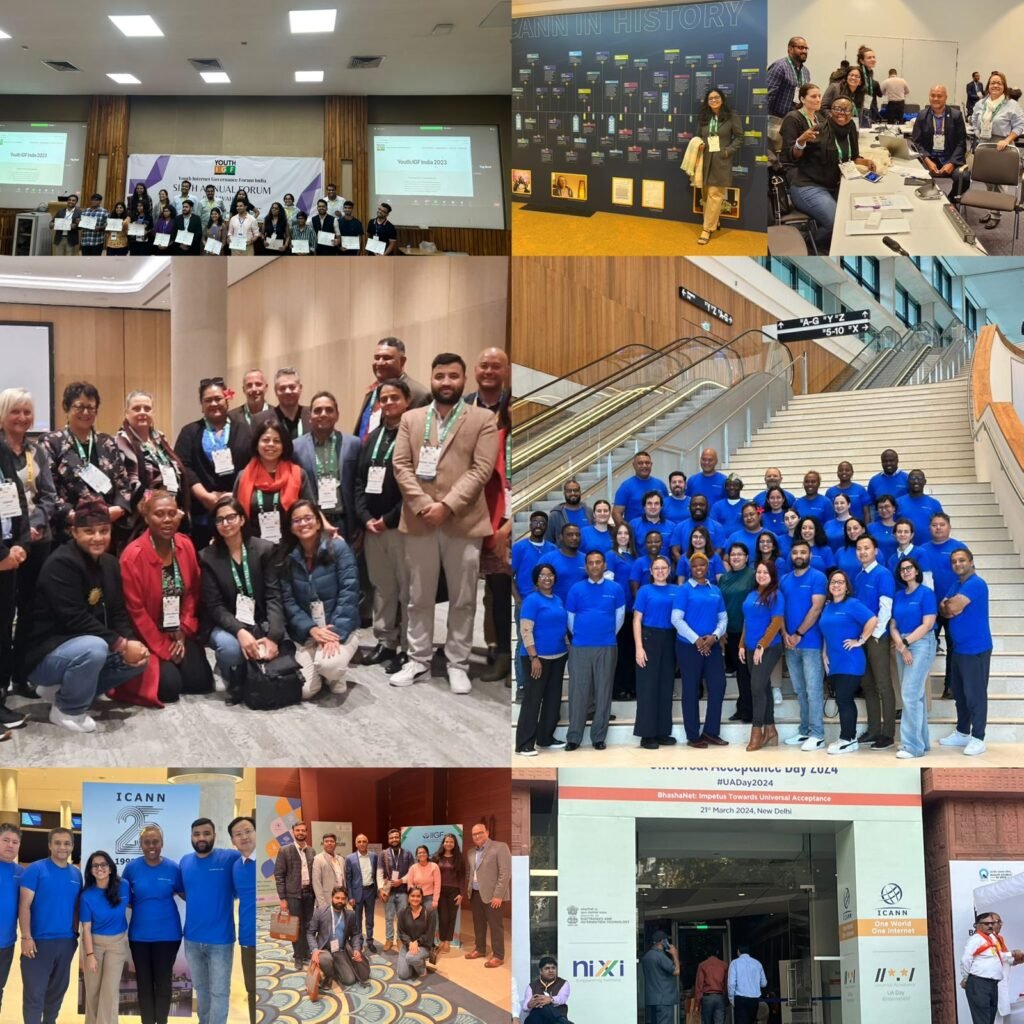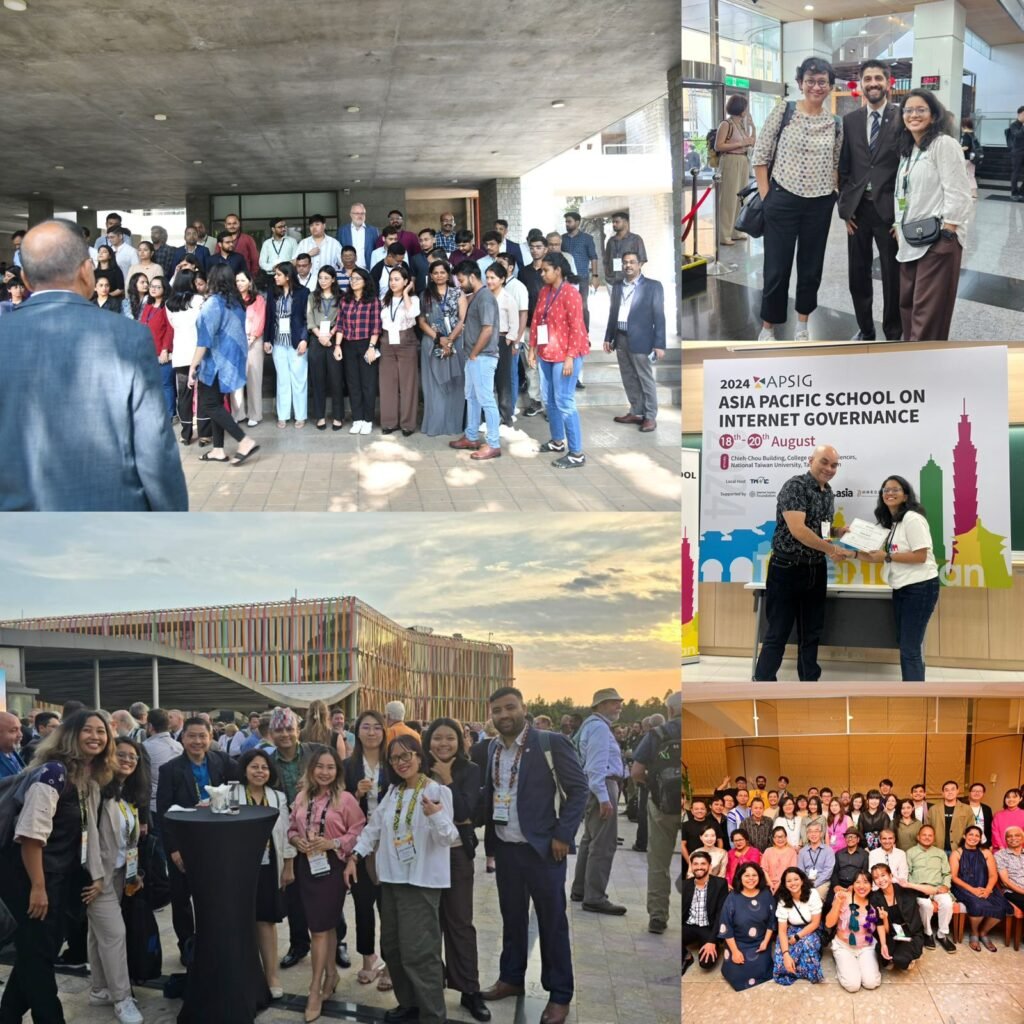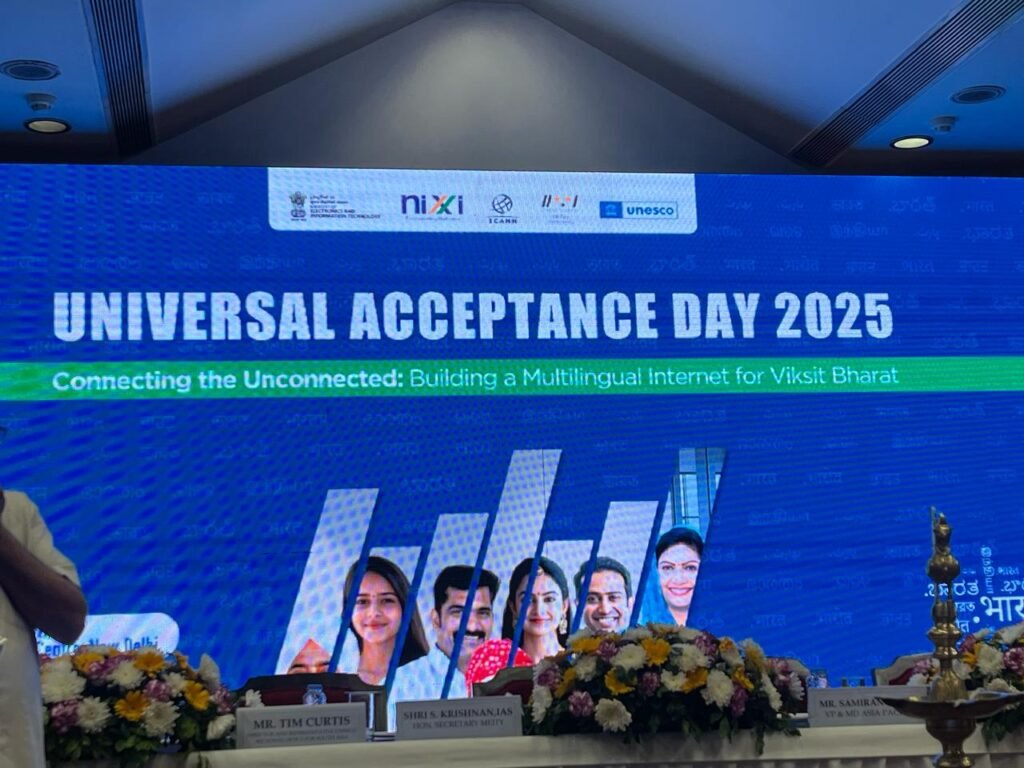
India celebrated its third Universal Acceptance (UA) Day on March 28, 2025, at the India Habitat Centre, New Delhi. Organized by the National Internet Exchange of India (NIXI) under the Ministry of Electronics and Information Technology (MeitY), the event focused on the theme “Connecting the Unconnected – Building a Multilingual Internet for Viksit Bharat”.
India’s Digital Landscape: A Statistical Overview
- Internet Users: As of early 2024, India had approximately 751.5 million Internet users, representing an Internet penetration rate of 52.4%.
- Rural Internet Penetration: In 2024, rural areas accounted for 55% of India’s 886 million active internet users, highlighting significant growth in rural Internet adoption.
- Literacy Rates: The overall literacy rate in India stood at 77.7% in 2021, with male literacy at 84.7% and female literacy at 70.3%.
- Linguistic Diversity: India is home to 22 officially recognized languages and a total of 121 languages and 270 mother tongues, reflecting its vast linguistic diversity.
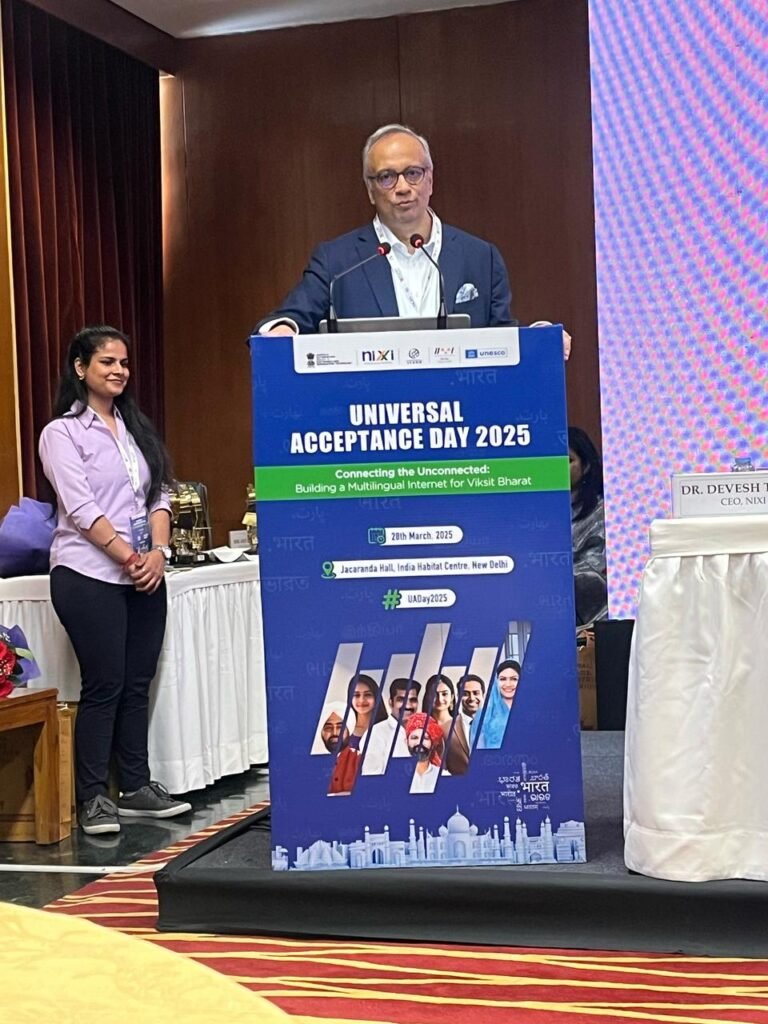
The Imperative for Universal Acceptance
Despite the substantial number of Internet users, a significant portion of India’s population faces barriers due to language constraints. The predominance of English in digital spaces limits access for non-English speakers, particularly in rural areas where digital literacy is still developing. Universal Acceptance aims to bridge this gap by ensuring that domain names and email addresses in local languages are universally recognized and functional across all Internet-enabled applications and systems.
While UA Day celebrates progress, the real question is: Is it making a tangible impact on the common people?
Despite India’s initiatives toward Universal Acceptance (UA) and multilingual Internet, the real impact on the ground remains limited. The challenge isn’t just about enabling domain names or websites in different languages—it’s about ensuring that the people who actually need it know about it and can use it effectively.
1) Awareness Gap: Do People Even Know UA Exists?
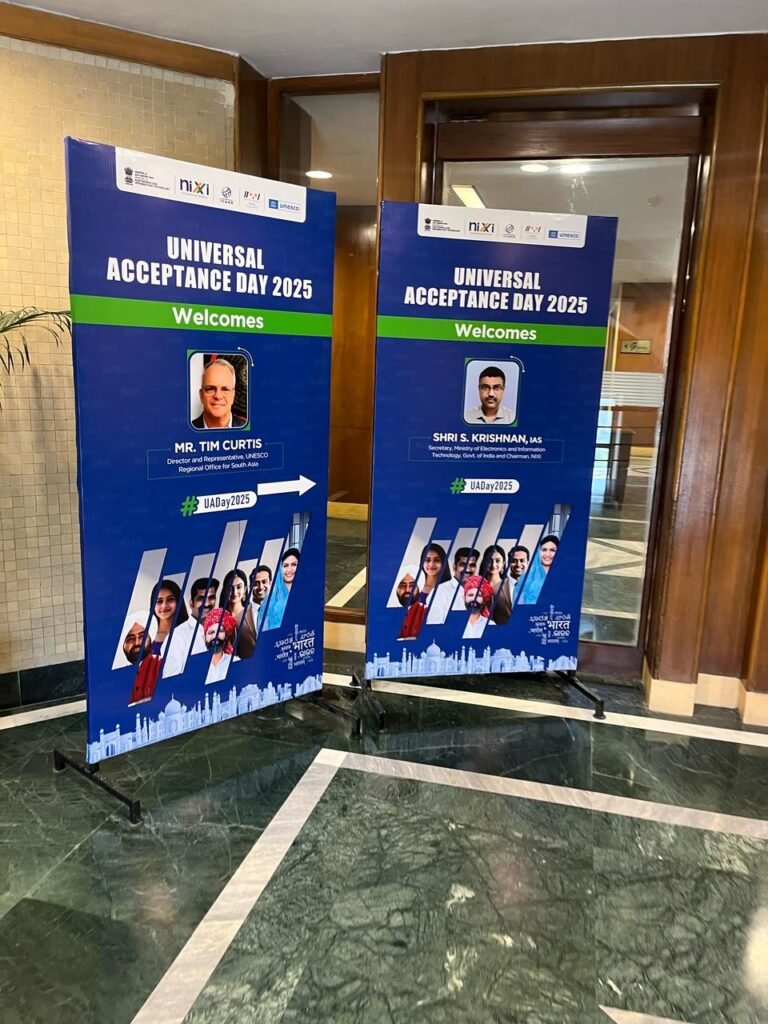
- Most rural users still rely on intermediaries (cyber cafes, agents, or family members) to access digital services. Even though government websites now support 22 languages, a majority of users don’t even know about these options or how to navigate them.
➡ Example: A farmer wanting to apply for subsidies may not know that the PM-Kisan website is available in Hindi, Tamil, or Marathi. Instead, they depend on others, defeating the purpose of accessibility.
2) Digital Literacy: Language Alone Won’t Solve the Problem - Even if a website is available in a local language, many first-time users struggle with digital literacy—understanding how to use search functions, fill online forms, or verify information.
➡ Example: The government’s Bhashini initiative provides real-time translations, but how many people know how to enable or use it?
3) Keyboards and Input Barriers - Typing in regional languages remains a challenge. Many official Indian language keyboards are not user-friendly, and auto-suggestions often fail.
➡ Example: Someone trying to create an email in Bengali or Odia may struggle because their name in the local script is not recognized by major platforms.
4) Policy vs. Execution: Are We Measuring Impact? - While events like UA Day highlight India’s commitment to digital inclusivity, there is little public data on whether these efforts are truly helping.
-How many people have actually started using email IDs in regional languages?
-How many businesses have shifted to domain names in Indian scripts?
-How many government services report an increase in non-English users?
Without these metrics, UA risks becoming a symbolic effort rather than a transformative one.
The Way Forward: Beyond Celebrations to Real Change - Mass Awareness Campaigns – TV, radio, and grassroots efforts to teach people about multilingual internet.
- Simplified Digital Tools – Voice-based navigation like bhashini , better keyboards, and AI-powered assistance in Indian languages.
- Government Mandates with Accountability – Policies ensuring UA compliance in all digital services, with real-time tracking of adoption.
UA can be a game-changer for India setting example at a global level—but only if it moves beyond technical implementation to real-world adoption. Otherwise, we risk celebrating progress that hasn’t yet reached the people who need it most.
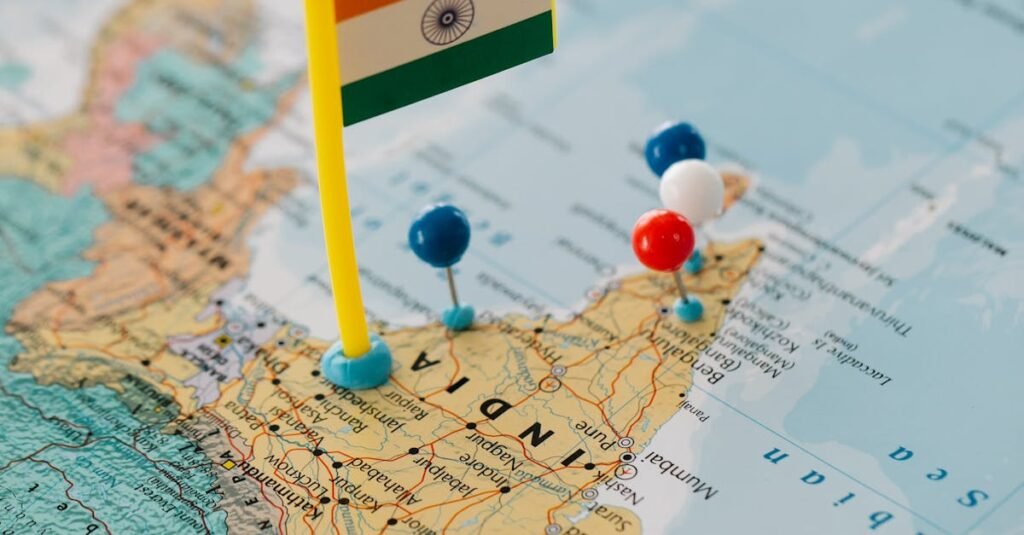
For more information on Universal Acceptance and related initiatives, visit:
- NIXI Official Website: https://nixi.in/
- ICANN Universal Acceptance Initiative: https://uasg.tech/ua-day/
Note: The information provided is based on the latest available data as of April 3, 2025.
Reference:
1) https://datareportal.com/reports/digital-2024-India
2) https://economictimes.indiatimes.com/industry/telecom/telecom-news/indias-internet-user-base-to-surpass-900-million-by-2025-driven-by-rural-growth-report/articleshow/117304976.cms
3)https://www.noidabusinessguide.com/literacy-rate-in-india-2024/
4) https://akjoshischool.com/list-of-official-languages-of-indian-states-and-union-territories.html
5) https://uaday.in/
6) https://uasg.tech/wp-content/uploads/2022/06/UASG-FY23-Action-Plan.pdf

















